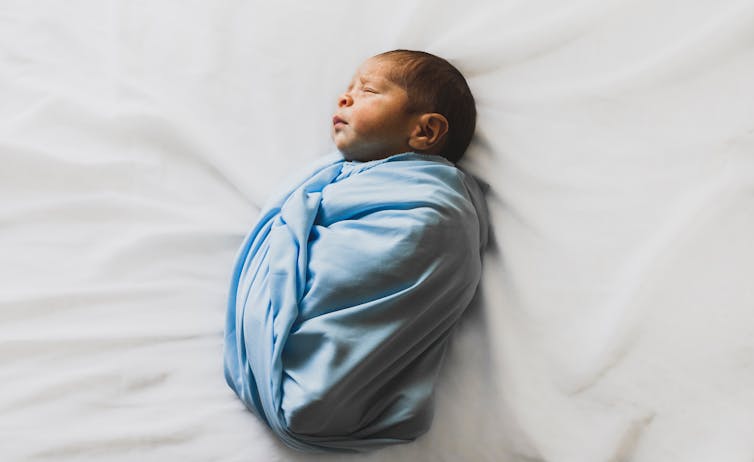Lifestyle
Curious Kids: how are babies made?

How are babies made? Giaan, age 8
Thanks for your interesting question, Giaan!
Lots of kids your age wonder about how babies are made. It’s an important question because making babies allows the human species (and other animals) to continue.
Knowing the body parts
The first step in making a baby happens when a sperm from a man’s body joins with an egg from a woman’s body.
To understand how this happens, it is helpful to know the proper names for different body parts. These pictures may help.
When I say man, I’m referring to a person with a penis and testes (sometimes called testicles).
When I say woman, I’m referring to a person with a uterus (where the baby grows), vagina (the passage inside the vulva that leads to the uterus), and ovaries.
But sometimes, people are born with differences in these body parts. And sometimes these body parts don’t match how people think of themselves – as a man or woman or non-binary person.
Where do the sperm and egg come from?
Puberty is the time when your body begins to develop, and changes from child to adult, usually in later primary school and early high school years.
Sperm look a bit like tadpoles but are so small that you need a microscope to see them. They are made in the man’s testes and are released in a liquid called semen.
Once a boy goes through puberty, their testes can produce millions of sperm each day.
Eggs are stored in the woman’s ovaries and after puberty there is usually one egg released per month.
An egg is just big enough to see – it’s about the size of a grain of sand (still pretty small!).
How do the sperm and egg join?
So how do the sperm and egg join to make a baby? This is called conception.
The most common way conception happens is when a woman and a man have sexual intercourse. This means that the man’s penis goes inside the woman’s vagina and semen squirts out.
Sperm come out of the penis and go up into the vagina and if one of the sperm connects with an egg, the two may combine to make a baby (actually, it’s called an embryo at this stage).
The embryo makes its way to the uterus, where it will grow for the next nine months, until the baby is ready to be born.
Babies can be conceived in other ways too
Some families have two mums, and they may ask a man to provide sperm (called a sperm donor). The doctor places the sperm in the uterus of one of the mums.
There is also a process called IVF (in-vitro-fertilisation). For this, doctors take sperm from a man and an egg from a woman and combine them in a dish to form an embryo.
Then the embryo is put inside the woman’s uterus by the doctor and continues to grow there, just like other babies.
OK, then what happens?
After the egg and sperm join to make an embryo, the embryo attaches to the mother’s uterus.
An organ called the placenta forms to supply the growing baby with all the nutrition it needs.When the baby is ready to be born, the muscles of the mum’s uterus start to contract and push the baby out through the vagina.
Some babies can’t be safely pushed out through the vagina and are delivered by an operation where a doctor removes the baby through a cut below the mum’s belly button (called a caesarean or c-section). During the operation, the doctor gives the mum a special injection in her back to take the pain away.
Have more questions? Kids often do
Often kids have more questions to ask about some of the things discussed in this article. Some kids want to know a lot more and others maybe just a couple of things.
If you have more questions, then have a chat with mum, dad, or another trusted adult, such as a teacher. Here is a good resource for them to look at if they are unsure about how much to explain.![]()
Bianca Cannon, GP and Lecturer at Sydney Medical School, University of Sydney
This article is republished from The Conversation under a Creative Commons license. Read the original article.






















